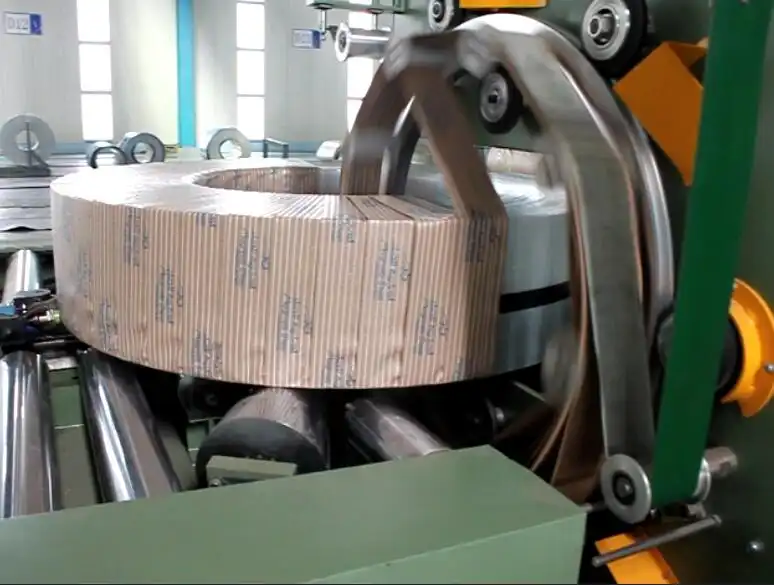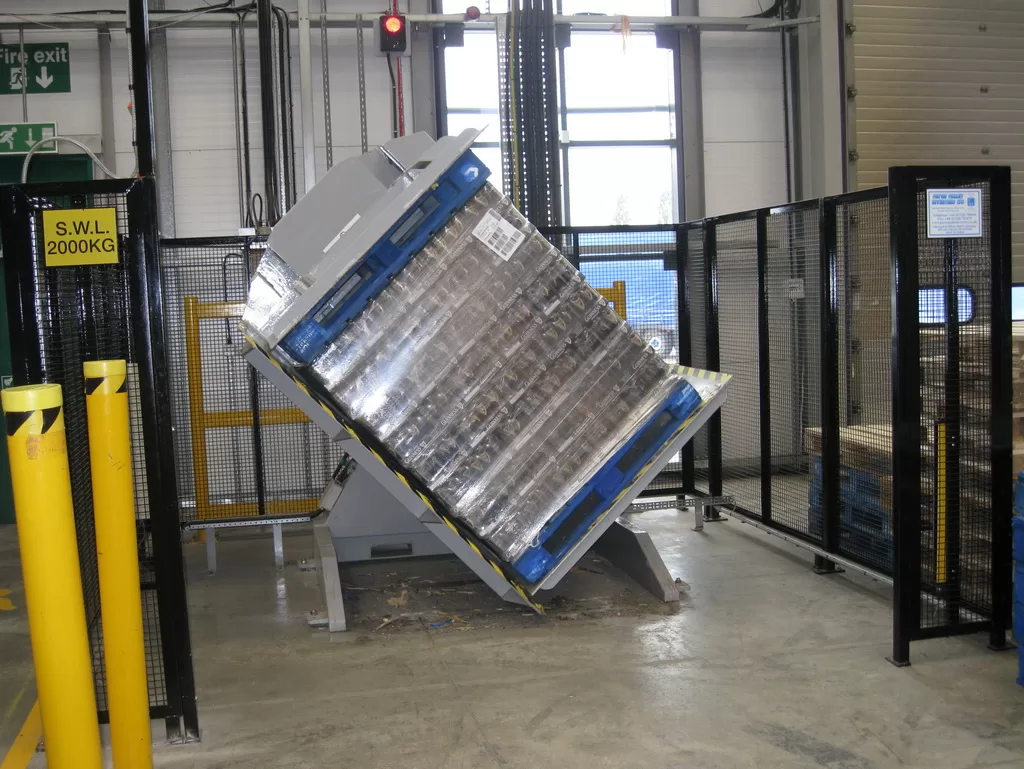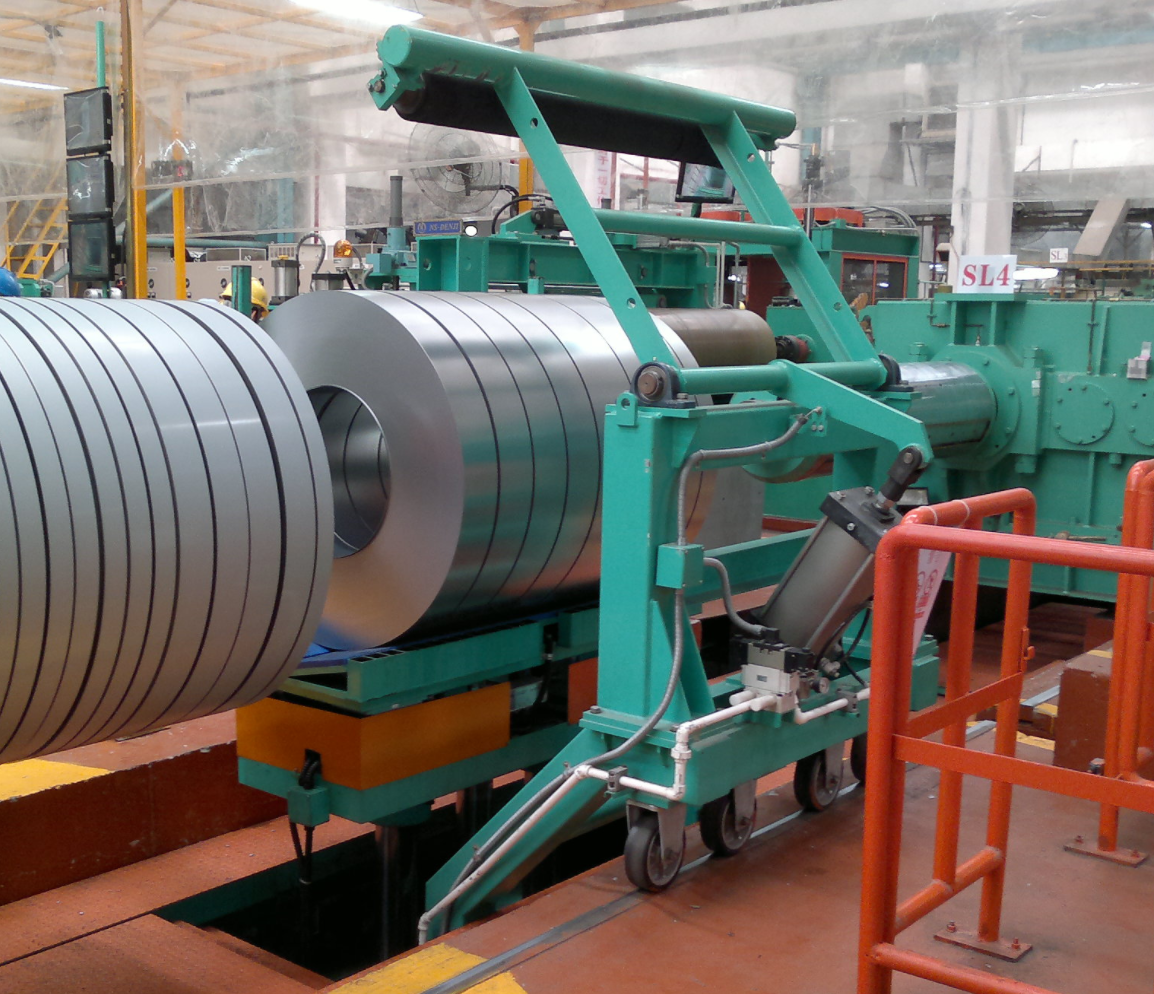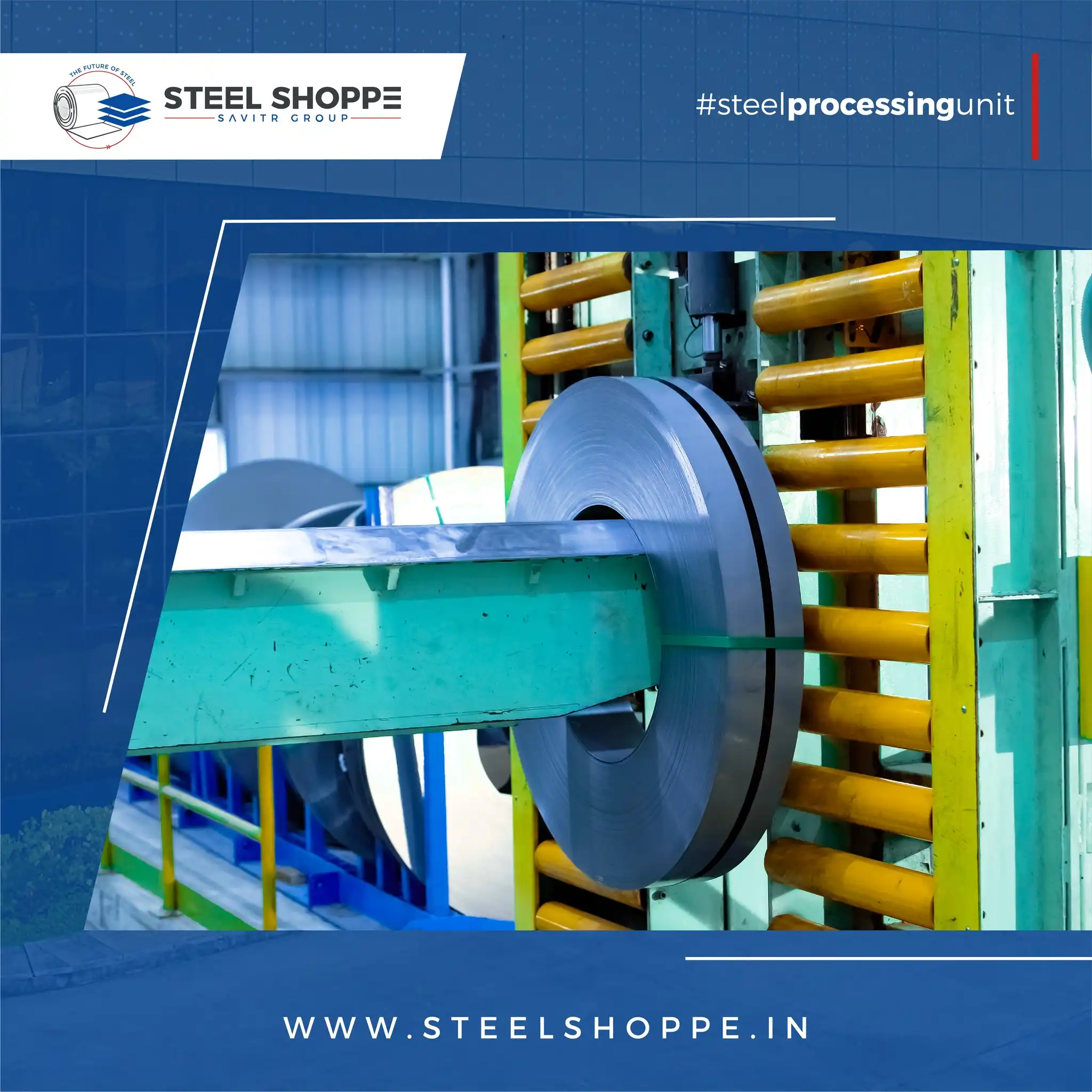Choosing the right materials for steel wire packing is crucial for ensuring the wire’s safety, preventing damage, and optimizing cost-effectiveness during transit and storage. The ideal material balances protection, cost, and environmental impact, guaranteeing that the steel wire arrives in optimal condition.
Industrial packaging plays a vital role in safeguarding steel wire during transportation and storage, protecting it from potential damage and degradation. Selecting the appropriate packing materials is not just about aesthetics; it’s about ensuring the integrity of the product, minimizing costs, and considering environmental responsibility. This comprehensive guide explores the various factors to consider when choosing the best packing materials for steel wire.

Understanding the Requirements for Steel Wire Packing
Before diving into the specific materials, it’s essential to understand the crucial requirements for steel wire packing. The primary goal is to protect the steel wire from:
- Mechanical Damage: Impacts, abrasions, and deformation during handling and transit.
- Corrosion: Exposure to moisture, chemicals, and other corrosive elements that can compromise the wire’s integrity.
- Environmental Factors: Extreme temperatures, UV radiation, and other environmental conditions that could affect the wire’s properties.
Choosing appropriate packing materials, therefore, requires careful consideration of the following factors: - Type of Steel Wire: Different types of steel wire (e.g., carbon steel, stainless steel) have varying levels of corrosion resistance and require tailored protection.
- Destination and Storage Conditions: The environmental conditions the wire will encounter during transit and storage (e.g., humidity, temperature, exposure to chemicals) will influence the choice of materials.
- Handling Procedures: The methods used for handling, loading, and unloading the wire will impact the required level of protection.

- Cost Considerations: Balancing the cost of materials with the level of protection required is crucial.
- Environmental Impact: Selecting sustainable and recyclable materials is increasingly important.
Exploring Material Options and Their Trade-offs
Several materials are commonly used for steel wire packing, each with its own advantages and disadvantages. Let’s examine some of the most popular options:
1. Plastic Wraps
Plastic wraps are a versatile and widely used option for steel wire packing, offering excellent protection against moisture, dust, and other environmental contaminants.
- PVC Wrap: Renowned for its durability, PVC wrap provides a high degree of protection against moisture, which is vital for preventing corrosion in steel wires. It also offers good surface protection during transport and storage. However, PVC’s environmental impact and disposal issues can be a concern。
- HDPE Sheets: High-Density Polyethylene (HDPE) is tougher and more resistant to tearing than other plastic wraps. It can withstand harsh environments and provide superior protection in adverse conditions. However, HDPE is generally more expensive than alternatives like PVC or paper.
- LDPE Film Low-Density Polyethylene is also a cheaper alternative to HDPE.
2. Paper Wrap
Paper wrap offers a more sustainable and cost-effective alternative to plastic wraps, particularly for shorter-term storage and transport.
- Kraft Paper: Strong and durable, kraft paper provides a good level of protection against dust and light abrasion.

- Treated Paper: Coated or impregnated papers can offer enhanced moisture resistance, making them suitable for environments with moderate humidity.
However, paper lacks the protective qualities of PVC and HDPE under wet or mechanically stressful conditions so it may not be suitable for long term storage.3. Metal Bands
Metal bands, typically made of steel, provide heavy-duty protection and are often used for securing large coils or bundles of steel wire.
- Steel Strapping: Offers superior strength and durability, ideal for securing heavy loads and withstanding rough handling.
- Galvanized Steel: Coating to provide corrosion resistance.
4. Other Packaging Materials
Besides the above mention, there are several packaging methods for wire ropes.
- Plastic Film Coil Packaging: This involves coiling the wire rope and securing it with iron wire, followed by wrapping it with a layer of white plastic film. It is a straightforward and cost-effective method suitable for short-distance transport.
- Non-Woven Fabric Coil Packaging: This method includes an additional layer of non-woven fabric wrapped around the plastic film-covered coil, offering superior protection against damage during handling and transport. Often considered the best option unless iron reels are preferred for production processes.
- Metal Spool Packaging: Multi-layer packaging approach, as workers initially wrap with plastic film wrap it with plastic film, followed by nonwoven fabric, and finally another layer of plastic film. Provides the highest levels of safety during transit
- Wooden Reel Packaging: Useful for preserving the integrity of thicker wire ropes, as the inner diameter of steel reels can compromise the rope’s structure. Wooden reels provide a broader inner diameter.

Material Comparison
| The decision ultimately hinges on balancing the cost, protection with environmental, according to your specific requirements. | Material | Protection Level | Cost | Environmental Impact |
|---|---|---|---|---|
| PVC Wrap | High | Medium | High | |
| HDPE Sheets | Very High | High | Medium | |
| Paper Wrap | Low | Low | Low | |
| Steel Strapping | Very High | Medium-High | Medium | |
| Metal Spool Packaging | Very High | High | Medium |
Tips for Selecting the Right Combination
The ideal packing solution often involves combining different materials to achieve the desired balance of protection, cost, and environmental impact. Here are some strategies:
- Layering: Use an inner layer of paper wrap for cushioning and an outer layer of plastic wrap for moisture protection.

- Reinforcement: Combine paper wrap with metal bands for added strength and security.
- Customization: Tailor the materials and combination to the specific requirements of the steel wire and its intended use.
Other Factors to Consider
- Welding wire packaging Welding wire comes in three main forms with different types of packaging. Options include spools, coils, and drums. Spools are typically available in 33-55 pound sizes, coils from 50-60 pounds and drums up to 1000 pound. A switch to heavier drums reduces the number of times operators changeover wire
- Metal Wire Type Selection Factors in different physical properties of the wire itself may require different packaging materials, compositions offer varying levels of strength, toughness, magnetism, and corrosion resistance that all need to be weighed based on the factors of the intended product application. The metal needs to remain viable through transport.
- Environmental Exposure When Welding: If the packaging is for welding wire, consider how the material is exposed to its environment and whether it may require drum packaging for protection. Many welding codes dictate allowable time the wire can be out of its original packaging.
- Material handling: Depending on the size of the package, lifting equipment or team lifting may be necessary.
Conclusion
Choosing the right packing materials for steel wire is a complex decision that requires careful consideration of various factors. By understanding the requirements for protection, cost, and environmental impact, and by exploring the different material options and their trade-offs, you can develop a tailored solution that ensures the safe and efficient transport of your steel wire. For steel coil packing specifically there are automatic solutions that can help to automate the packing process. Companies like Fhopepack offer automated coil packing lines that can increase efficiency and reduce labor costs in the steel wire packing process.










